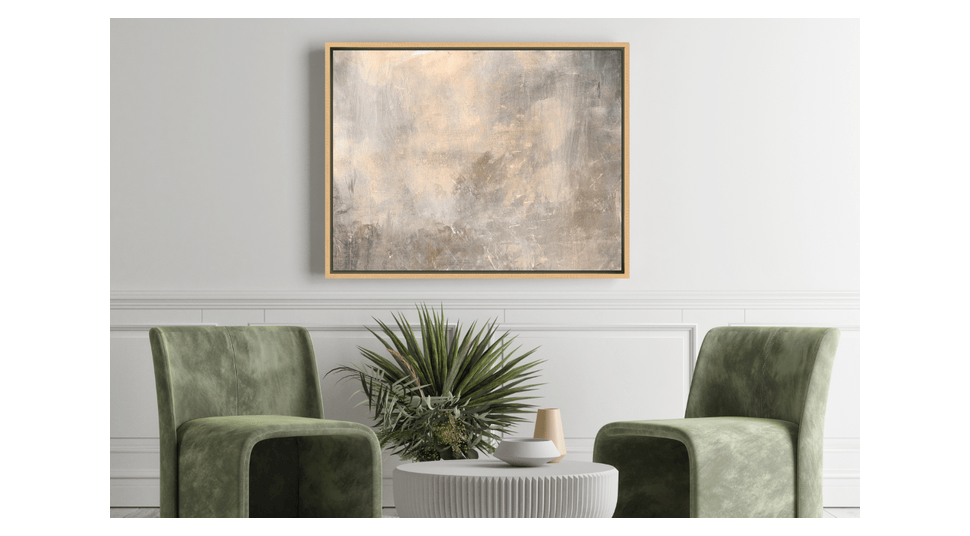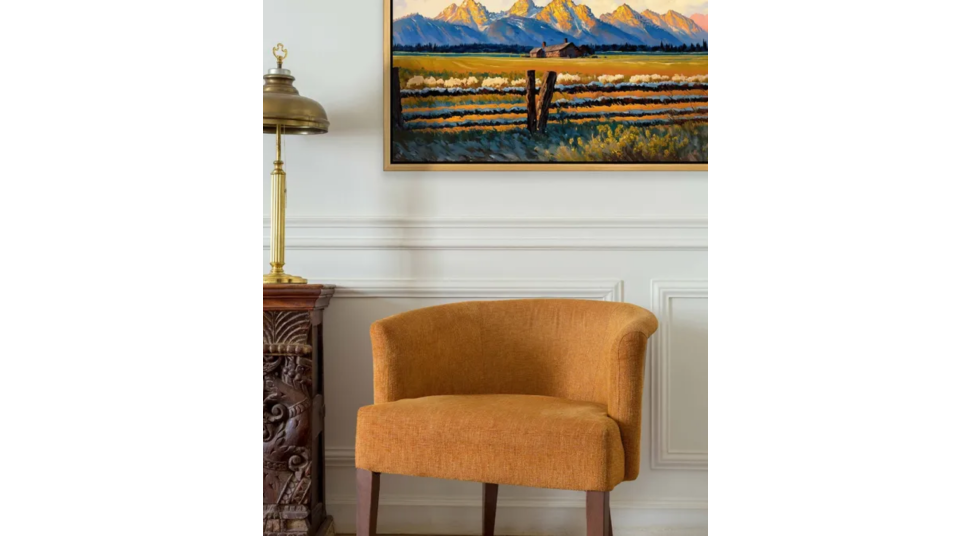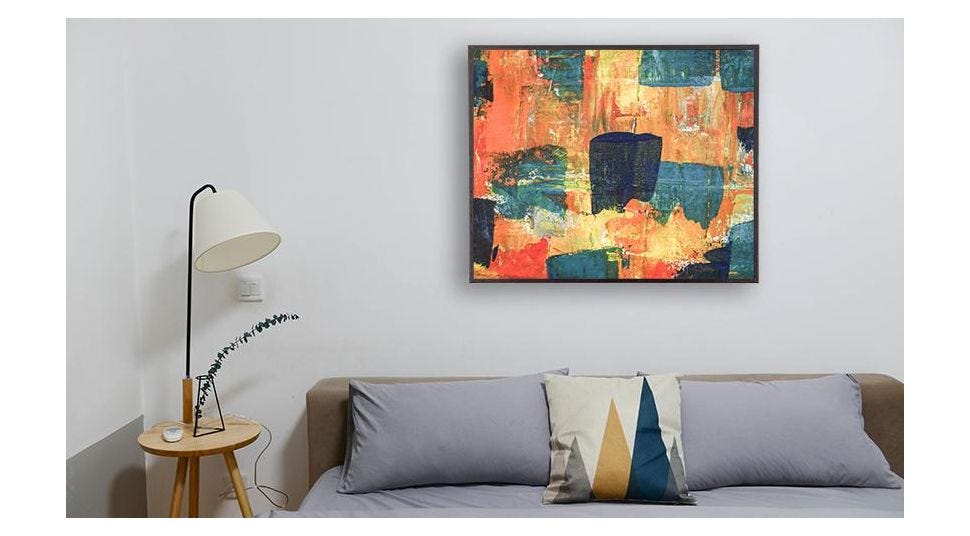How to Frame a Canvas with a Canvas Float Frame
Assembling a custom canvas float frame requires careful attention to detail to ensure a secure and polished result. In this guide, we can help you achieve a professional finish.
For a refined and sophisticated presentation on a stretched canvas artwork, canvas float frames offer a sleek, gallery-worthy display. Designed to create the illusion that the canvas is suspended within the frame, this style enhances the artwork without overshadowing it. Float frames are particularly well-suited for pieces with detail extending to the edges. Widely favored by museum professionals and artists alike, float frames provide an elegant yet cost-effective framing solution.


Canvas float frames give your stretched canvas the gallery-worthy treatment it deserves—sleek, refined, and effortlessly sophisticated.
Measuring Your Canvas Before Selecting a Float Frame
Before choosing a canvas float frame, it is essential to measure the thickness of your canvas. Float frames are available in various depths, so selecting the appropriate rabbet depth—indicated as the 'R' measurement on the frame detail page—ensures a proper fit and desired aesthetic.


Shown above: The frame's rabbet depth—also called the "R" measurement.
Some prefer the canvas to sit flush within the frame, while others favor a more pronounced appearance where the canvas extends beyond the frame’s depth. To achieve the look you want, follow these key measurement guidelines:
- Measure the Canvas Depth First: This determines the appropriate rabbet depth to securely hold the canvas within the frame.
- Account for Canvas Folds: When measuring height and width, be mindful of areas where the canvas is folded over the stretcher bars, as this can add up to ¼ inch to the overall dimensions. Measuring the stretcher bars alone may result in an improper fit.
- Consider the Built-In Float Space: Our float frames include a ¼-inch relief around the canvas - meaning there will be ¼" of space between your canvas and the frame. If you prefer a larger float, you may increase the dimensions of your artwork accordingly.


While this guide focuses on assembling a wood canvas float frame, a metal float frame assembly video is also available.
Wood Canvas Float Frames typically arrive pre-assembled (joined) with screws for securing the canvas to the frame. If you opted for an unjoined frame, follow the instructions below to assemble it before attaching your canvas.
Materials Included:
- 10 Spring Clips
- 10 Screws
- 2 Wire Hangers
- Hanging Wire
- 1 Sawtooth Hanger
- 2 Wall Protectors
Tools Needed:
- Phillips Head Screwdriver
- Shims made of wood or cardboard
Step 1: Prepare Your Canvas
- Place your float frame face up on a clean, flat surface.
- Insert your stretched canvas inside, aligning it so that the canvas is spaced evenly within the frame, leaving a uniform gap around all edges.
- Use shims made of wood or cardboard between the canvas and the frame to ensure even spacing.


Step 2: Secure the Canvas to the Frame
- While holding the canvas tightly against the back of the frame, use a Phillips head screwdriver to insert the provided screws through the pre-drilled holes on the frame and directly into the stretcher bars of the canvas (or canvas board). Ensure that the screws are tightened securely to hold the canvas in place.
- Repeat this process for all pre-drilled holes to ensure the canvas is firmly attached to the frame.


Step 3: Attach Hanging Hardware
Option A: Wire Hanging
- On the back of the frame, measure and mark a point approximately one-third of the way down from the top on each side.
- Align the wire hangers with the marks and use the provided screws to attach them securely to the frame
- Cut a length of hanging wire slightly longer than the width of the frame.
- Thread the wire through both hangers, leaving some slack, and twist the ends around themselves to secure.
Option B: Sawtooth Hanger
- While wire can be used for any frame size, hangers are an option for pieces smaller than 16x20.
- Center the sawtooth hanger along the top edge of the frame's back.
- Use the provided screws to attach the sawtooth hanger securely.


Step 4: Apply Wall Protectors
- Peel the backing off the wall protectors.
- Affix them to the bottom corners on the back of the frame to prevent wall damage and ensure the frame hangs evenly.


Your canvas is now framed and ready to be displayed. This method not only secures your artwork but also enhances its visual appeal with a professional finish.
If you need assistance, you can contact our helpful professionals who will guide you at any point.



